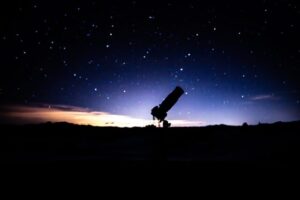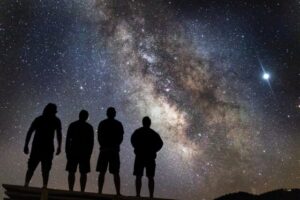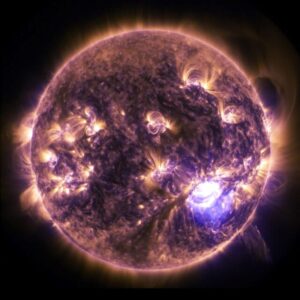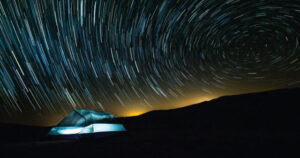Eye of Horus in pseudo color. Enlarged image to the right (field of view of 23 arcseconds x 19 arcseconds) show two arcs/rings with different colors. The inner arc has a reddish hue, while the outer arc has a...
Our Milky Way galaxy and its small companions are surrounded by a giant halo of million-degree gas (seen in blue in this artists' rendition) that is only visible to X-ray telescopes in space. University of Michigan astronomers discovered that...
NASA’s OSIRIS-REx spacecraft will launch September 2016 and travel to a near-Earth asteroid known as Bennu to harvest a sample of surface material and return it to Earth for study. The science team will be looking for something special....
This is a global map of Mars sulfur concentration (as percentage by mass) derived from the 2001: Mars Odyssey Gamma Ray Spectrometer spectra. Overlay shows qualitatively what types of hydrated sulfates are consistent with the variations seen in sulfur...
Solar material repeatedly bursts from the sun in this close-up captured on July 9-10, 2016, by NASA’s Solar Dynamics Observatory, or SDO. The sun is composed of plasma, a gas in which the negative electrons move freely around the...
Normally computers speed up calculations. But with his new pen-and-paper formula Kevin Heng of the University of Bern, Switzerland, gets his results thousands of times faster than using conventional computer codes. The astrophysicist calculates the abundances of molecules (known...
It has been the farthest planet from the Sun since Pluto's 'relegation', but despite Neptune's remoteness in our solar system, it still holds plenty of interest for physicists – not least because of the unusual things going on in...
This view of a massive cluster of galaxies unveils a very cluttered-looking universe filled with galaxies near and far. Some are distorted like a funhouse mirror through a "space warp" phenomenon first predicted by Einstein a century ago.Credits: NASA,...
NASA's Curiosity Mars rover autonomously selects some targets for the laser and telescopic camera of its ChemCam instrument. For example, on-board software analyzed the Navcam image at left, chose the target indicated with a yellow dot, and pointed ChemCam...
Inside view of the LUX detector.Credit: Photo by Matthew Kapust/Sanford Underground Research Facility
The Large Underground Xenon (LUX) dark matter experiment, which operates beneath a mile of rock at the Sanford Underground Research Facility in the Black Hills of South...
Above animation shows how the scientists discovered 2015 FJ345 from the images with Hyper Suprime-Cam at the Subaru Telescope. The observation took place on March 17, 2015, and the interval between the individual images is 2 hours. (Credit: Scott...






















